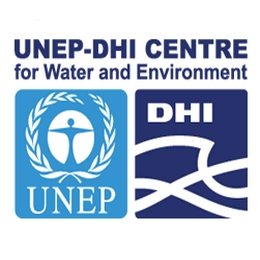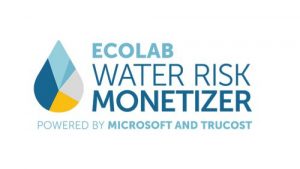Primary Functions
- Learn how Nalco technology helped a fertilizer plant in Latin America achieve significant improvements in the performance of its reverse osmosis system, resulting in reduced water use.
Detailed Description
A fertilizer plant in Latin America uses permeate from its reverse osmosis system to supply their medium and low pressure boiler system and process. In addition to focusing on quality and the need for permeate availability, there is also a desire to reduce the total operating costs associated with this system. The following key business drivers were identified on their operation:
• Extend membrane life
• Increase operating availability of their reverse osmosis plant
• Optimize operator time (labor)
• Reduce water consumption
Nalco recommended using Nalco 3D TRASAR Membrane Technology along with Nalco 360™ Service, which continuously monitors critical system parameters, controls anti-scale feeding automatically and includes the remote support of specialists in reverse osmosis systems to monitor the system 24×7, offering technical recommendations based on performance reports.
The implementation of 3D TRASAR for Membranes Technology and Nalco 360 Services has enabled significant improvements in system performance. Recovery rate has being improved from 74% to 76%, due to continuous monitoring and visibility, generating US$14,100 of water savings per year. It also provided savings of US$3,200/year in antiscalant and biocide. Due to the data normalization, chemical cleaning was also optimized from 5 to 3 annual cleanings, providing US$9,800/year in cleaning chemicals and labor. Manpower is also another area that fells the benefits of automatic data collection and reports, saving US$8,700/year by optimizing manpower usage. As a result from all improvements above, membrane life could also be extended from expected 36 months to 51 months. It provided annual saving of US$5,000.
The online monitoring and automatic production of standardized reports helped optimize the recovery rate, and the immediate detection of unusual situations, while reducing the number of hours that were previously required for this purpose. The solution also provided for cleaning as a function of standardized pressure than a function of time, resulting in reduced use of water, chemicals and labor.





